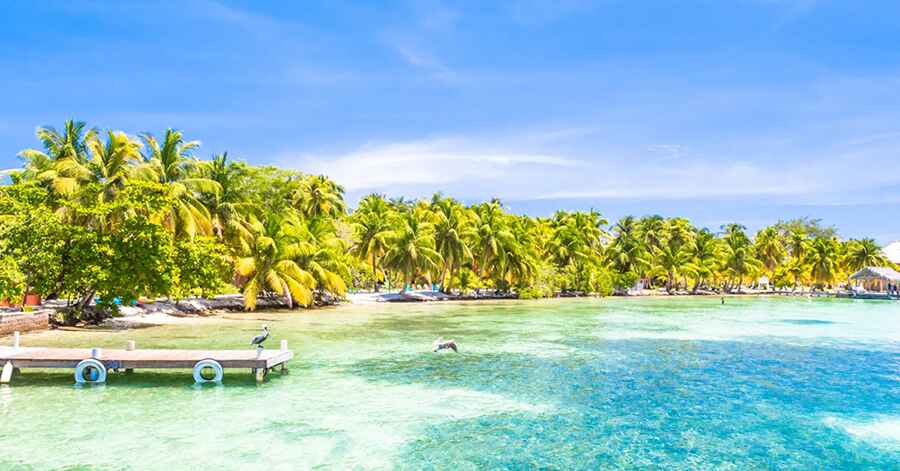When you think of Belize, what comes to mind? Pristine beaches, ancient Mayan ruins, lush jungles, and vibrant marine life. But beyond its breathtaking landscapes and fascinating culture, Belize is also a pioneer in eco-tourism and conservation. If you’re an eco-conscious traveler looking to explore natural wonders while making a positive impact, Belize is the ideal destination. In this blog, we’ll dive into how eco-tourism in Belize is helping preserve its unique ecosystems and supporting local communities.
1. Belize: A Haven for Eco-Tourism Enthusiasts
Belize, a small country nestled between Mexico and Guatemala, is a hidden gem for eco-tourism. With its diversity of ecosystems—including rainforests, wetlands, and coral reefs—Belize offers a wide range of opportunities for travelers to connect with nature in meaningful, sustainable ways.
What sets Belize apart in the eco-tourism world is its commitment to preserving biodiversity. The country has dedicated approximately 40% of its landmass to protected areas, including national parks, wildlife reserves, and marine sanctuaries. As a result, Belize has become a leader in promoting eco-tourism that respects and protects the environment.
2. The Role of Conservation in Belize’s Eco-Tourism Strategy
The cornerstone of Belize’s eco-tourism model is conservation. This country’s rich biodiversity is one of its greatest assets, attracting travelers from around the globe. However, with increasing tourism comes the responsibility to ensure that growth doesn’t harm the delicate ecosystems that make Belize so special.
Marine Conservation: Protecting Belize’s Barrier Reef
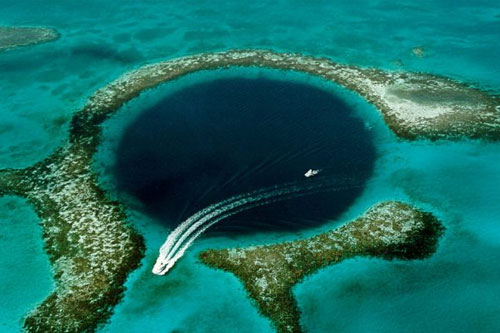
Belize is home to the Mesoamerican Barrier Reef, the second-largest reef system in the world. The reef supports thousands of marine species, including endangered manatees, sea turtles, and various types of fish. The government of Belize, along with local and international conservation organizations, has established marine protected areas (MPAs) to ensure sustainable tourism and fishing practices.
One of the most notable conservation efforts is the Hol Chan Marine Reserve, which attracts snorkelers and divers to its crystal-clear waters, teeming with marine life. By visiting these protected areas, travelers contribute to conservation funding, which is essential for maintaining Belize’s pristine underwater environments.
Jungle and Wildlife Conservation: The Cockscomb Basin
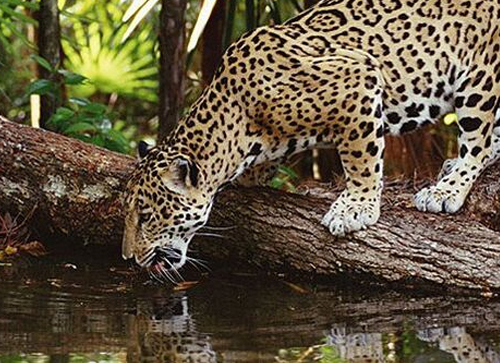
In addition to its coastal and marine ecosystems, Belize’s jungles and wildlife are a central focus of conservation efforts. The Cockscomb Basin Wildlife Sanctuary is one of the country’s most important protected areas, dedicated to preserving the Jaguar Corridor. As the world’s first jaguar sanctuary, it’s a vital habitat for these majestic cats, along with other species like tapirs, monkeys, and exotic birds.
Eco-tourists who visit the sanctuary support local conservation initiatives through entry fees and eco-friendly tours. The sanctuary also provides employment opportunities for local communities, ensuring that conservation efforts benefit both nature and people.
3. Eco-Tourism Activities: Experience Belize’s Natural Wonders Responsibly
In Belize, eco-tourism isn’t just about visiting protected areas; it’s about embracing activities that foster respect for nature while minimizing environmental impact. Here are some of the top eco-tourism activities in Belize that allow travelers to experience its beauty responsibly.
Snorkeling and Diving in the Great Blue Hole
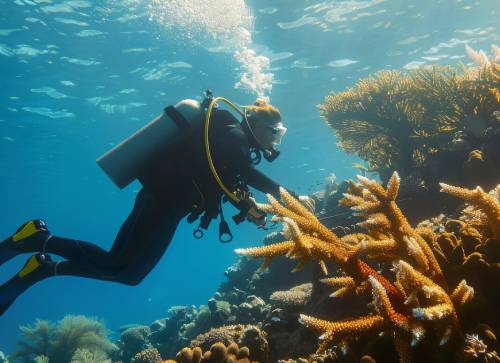
The Great Blue Hole, a UNESCO World Heritage Site, is one of the most iconic dive sites in the world. This massive underwater sinkhole offers divers the chance to explore a rich marine ecosystem. Belize’s eco-tourism focus ensures that divers and snorkelers follow sustainable practices, including limiting boat traffic and using biodegradable sunscreen to protect the delicate coral reefs.
By participating in eco-tourism activities like diving, tourists help fund the ongoing conservation efforts to protect this natural wonder from over-tourism and environmental degradation.
Hiking and Wildlife Watching in National Parks
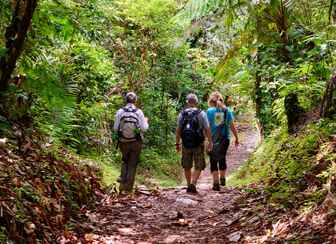
For those who prefer land-based adventures, Belize’s national parks offer a wealth of hiking and wildlife-watching opportunities. The Mountain Pine Ridge Forest Reserve and Caracol ruins provide hiking trails through untouched forests, home to diverse flora and fauna. As you explore, you may encounter howler monkeys, toucans, and various other species.
By choosing eco-friendly tour operators and adhering to the “Leave No Trace” principles, travelers help ensure these fragile ecosystems remain intact for future generations.
4. How Eco-Tourism Supports Local Communities in Belize
Eco-tourism in Belize doesn’t just protect the environment—it also benefits local communities. In many remote areas, tourism provides essential income, especially in indigenous and rural villages where traditional livelihoods might be limited. The Garifuna and Mayan communities play a crucial role in promoting sustainable tourism by offering authentic cultural experiences while conserving their heritage.
Creating Jobs and Supporting Sustainable Businesses
Many eco-tourism ventures, such as guided jungle tours, sustainable farms, and local handicraft markets, are owned and operated by Belizeans. Eco-tourism helps create jobs that are not only economically beneficial but also ensure that local cultures and traditions are preserved. Travelers who choose eco-tourism in Belize can be confident that their money is directly supporting local communities while ensuring that the environment is respected.
Promoting Community-Led Conservation Projects
Several organizations in Belize actively involve local communities in conservation efforts. For instance, the Belize Audubon Society works closely with local communities to create and manage protected areas. By empowering local residents to become stewards of the land, Belize is creating a sustainable future for both its people and its ecosystems.
5. How You Can Be an Eco-Conscious Traveler in Belize
As a traveler, there are simple steps you can take to ensure your trip to Belize is as eco-friendly as possible. Here are a few ways you can contribute to the country’s conservation efforts:
- Choose Eco-Friendly Accommodations: Look for hotels and lodges that use renewable energy, minimize water use, and support local businesses.
- Respect Wildlife: Always observe wildlife from a distance. Avoid touching or feeding animals, and make sure to follow the guidelines set by tour operators in protected areas.
- Reduce Your Carbon Footprint: Opt for eco-friendly transportation options, such as bikes, boats, or walking tours. Minimize your use of plastic by bringing reusable water bottles and avoiding single-use plastics.
- Support Local Conservation Projects: Contribute to local conservation organizations through donations or by participating in volunteer programs focused on wildlife and habitat preservation.
6. The Future of Eco-Tourism in Belize
Belize is already making significant strides in sustainable tourism, but there’s still work to be done. As more travelers flock to the country, it’s crucial that the government, conservation groups, and tourism operators continue to work together to protect Belize’s natural wonders. Efforts like the expansion of protected areas, the promotion of eco-certification programs for local businesses, and the implementation of sustainable tourism practices will ensure that Belize’s natural beauty remains intact for generations to come.
Conclusion: Belize’s Eco-Tourism Legacy
Belize is a shining example of how eco-tourism can benefit both nature and local communities. With its stunning landscapes, rich biodiversity, and commitment to sustainable practices, Belize offers a unique opportunity for travelers to experience eco-tourism at its best. By choosing eco-friendly travel options and supporting conservation efforts, we can all contribute to preserving the beauty of this Central American paradise.
Have You Experienced Belize’s Eco-Tourism?
What was your favorite eco-tourism activity in Belize? Share your experiences or ask questions about traveling sustainably in the comments below!



